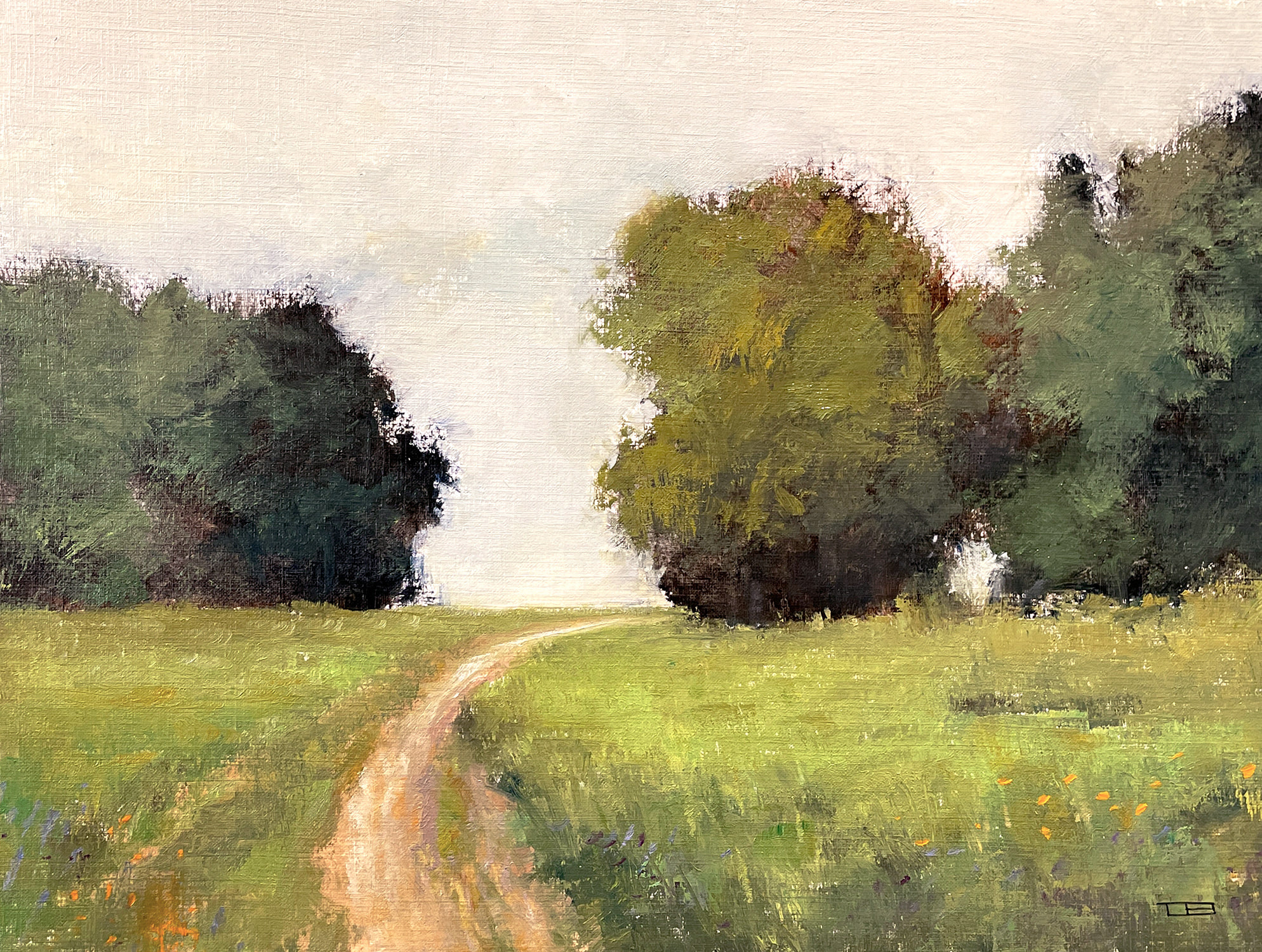Check Out Emotive Human-Form Oil Paintings for Sale
Check Out Emotive Human-Form Oil Paintings for Sale
Blog Article
Checking out Everything About Oil Paints: A Guide to Recognizing Their Elegance and Worth
Oil paintings have astounded target markets for centuries, providing a peek into the creative proficiency of numerous ages. Their abundant history is linked with cutting-edge methods and profound emotional expression. Understanding the products and approaches behind these art work can boost recognition. Additionally, the market for oil paintings presents chances for enthusiasts and financiers alike. As one explores this remarkable globe, the concern occurs: what makes an oil painting really useful?
The Background of Oil Paint: A Journey With Time
Although oil painting has roots that date back to ancient times, it truly thrived throughout the Renaissance, when artists discovered its adaptability and abundant color potential. Early examples can be mapped to the 7th century, with methods evolving significantly throughout cultures. The tool came to be famous in Northern Europe in the 15th century, especially via the jobs of musicians like Jan van Eyck, that originated its usage for thorough realism and vivid colors. This duration marked a departure from tempera paints, enabling better deepness and appearance. As oil paint spread, it influenced numerous musicians, leading to masterpieces by renowned figures such as Leonardo da Vinci and Rembrandt. The tool's legacy continues, forming the art world well right into modern times.
Comprehending Oil Repaints: Materials and Techniques
As artists discover the world of oil paints, they encounter a varied selection of materials and strategies that specify this medium. The main parts of oil paint include pigments, which provide color, and drying oils, such as linseed, that bind the pigments and assist in application. Various ingredients can modify the paint's appearance and drying out time, boosting adaptability. Strategies like glazing, where transparent layers are built up, and impasto, which includes applying thick paint, enable various visual results. Additionally, the usage of brushes, palette blades, and also fingers can develop distinct appearances and finishes. Understanding these techniques and materials makes it possible for musicians to fully reveal their creative thinking and accomplish the preferred effect in their art work.
The Function of Shade in Oil Paintings
Color plays a critical duty in oil paintings, influencing both visual appeal and psychological vibration. Recognizing shade theory basics, consisting of the partnerships between tones, can boost a musician's capability to share mood and atmosphere. In addition, mastering color blending methods permits higher deepness and richness in a painting's scheme.

Shade Concept Fundamentals
Comprehending shade theory is crucial for artists collaborating with oil paints, as it creates the structure for producing aesthetically engaging and harmonious make-ups. Shade theory includes the study of exactly how colors interact, the color wheel, and the connections between key, secondary, and tertiary shades. Musicians make use of corresponding colors to improve contrasts and develop focal factors, while comparable shades promote unity and cohesiveness within an item. Furthermore, the concepts of awesome and warm shades influence the assumption of depth and area in a painting. Comprehending these principles allows musicians to control color effectively, directing the audience's eye and interacting their designated message. Mastery of shade concept eventually enriches a musician's ability to share feelings and ideas via their work.
Psychological Influence of Color
The emotional impact of shade in oil paintings plays an essential role in just how viewers view and connect with artwork. Shades stimulate details feelings and state of minds, affecting the audience's emotion. As an example, warm colors like reds and oranges can create a feeling of heat and energy, while cool tones such as blues and environment-friendlies typically stimulate peace or introspection. Artists strategically pick color palettes to enhance narrative components, guiding the target market's emotional trip. The saturation and contrast of shades additionally enhance these impacts, drawing focus and developing focus. Inevitably, the interaction of colors in oil paintings not only improves their visual appeal but also acts as an effective medium for psychological expression, improving the audience's experience and analysis.
Color Combining Techniques
While several facets of oil paint add to the general structure, understanding color blending techniques is necessary for attaining desired effects and deepness. Color blending can be come close to through numerous methods, consisting of the subtractive and additive processes. Additive mixing includes integrating shades of light, while subtractive blending relies on pigments, where colors blend to create new tones. Artists often use a restricted palette to create harmonious jobs, understanding the partnerships between main, second, and tertiary colors. Methods such as glazing and scumbling further boost depth and luminance. By masterfully blending colors, an artist can evoke emotions, produce prime focus, and achieve a feeling of realistic look, inevitably boosting the painting's emotional and aesthetic effect.
Famous Oil Painters and Their Iconic Works

Renowned for their proficiency of shade and method, oil painters have developed a few of one of the most celebrated art work in background. Prominent musicians like Vincent van Gogh captivated target markets with his emotive brushwork in "Starry Evening," while Claude Monet's "Impact, Sunrise" laid the foundation for Impressionism. Leonardo da Vinci's "Mona Lisa" continues to be a long-lasting icon of imaginative brilliant, showcasing his skill in catching human expression. At the same time, Rembrandt's "The Evening Watch" illustrates his ingenious use light and darkness. Various other notable numbers include Pablo Picasso, who revolutionized contemporary art with his strong testing in works like "Les Demoiselles d'Avignon," and Georgia O'Keeffe, whose vibrant depictions of landscapes and flowers assisted define American modernism. Each musician's special design added greatly to the oil painting landscape.
How to Assess the High Quality of an Oil Painting
Assessing the high quality of an oil painting entails a cautious evaluation of workmanship methods, in addition to an analysis of shade and composition. Observing brushwork, layering, and the application of paint can reveal the musician's skill level. Furthermore, the interaction of colors and the overall setup of aspects add considerably to the painting's aesthetic value.
Assessing Craftsmanship Methods
A thorough analysis of craftsmanship strategies is crucial for determining the quality of an oil paint. Evaluators need to first check out the application of paint; thick, distinctive brushstrokes might suggest an experienced hand, while excessively consistent applications can suggest an absence of deepness. oil paintings for sale. The layering technique is likewise vital; the presence of lusters and varied density can boost luminance and intricacy. Furthermore, the top quality of the materials used, such as the canvas and pigments, plays a considerable role in resilience and general visual. Focus to detail in aspects like sides and changes in between shades reflects the musician's dedication to their craft. Ultimately, these methods add to the painting's emotional impact and market price, functioning as signs of the artist's skill and intent
Assessing Color and Composition
While assessing the high quality of an oil painting, one should focus on the interaction of color and composition, as these elements are basic to the artwork's overall impact. Shade options can establish and evoke emotions state of mind; as a result, the musician's palette must be examined for harmony and comparison. A healthy structure directs the customer's eye and produces a sense of unity. Artists usually employ methods like the policy of thirds or leading lines to enhance aesthetic passion. Furthermore, the use of light and darkness can add depth, enhancing the three-dimensionality of the paint. Ultimately, an effective oil painting marries color and composition, involving the visitor and welcoming a deeper appreciation of the musician's vision and strategy.
Taking care of and Preserving Oil Paintings
Correct care and preservation of oil paintings is crucial for preserving their honesty and durability. To shield these artworks, it is crucial to present them away from direct sunlight, which can trigger fading and discoloration. Maintaining a steady environment with controlled temperature and humidity additional help in avoiding damage. Cleaning up need to be done delicately utilizing a soft, completely dry towel, staying clear of any type of severe chemicals that could hurt the paint or varnish. Regular evaluations for indications of degeneration, such as fracturing or flaking, are suggested. When moving or saving oil paints, proper extra padding and framework are required to prevent physical injury. Inevitably, diligent treatment contributes to the aesthetic charm and worth of oil paints over time.
The Marketplace for Oil Paints: Spending and accumulating
Comprehending the market characteristics for oil paintings is important for collection agencies and financiers alike. The value of these artworks is affected by different aspects, including the musician's track record, historic significance, and present fads. Collectors frequently seek items that reverberate directly while considering potential recognition in value. Galleries and auctions act as key places for purchasing and selling, with rates rising and fall based upon demand and rarity. Buying oil paints needs research study into the marketplace, in addition to an understanding of credibility and provenance. Furthermore, emerging artists may provide opportunities for considerable returns, while developed names can command high rates. In general, a strategic strategy to collecting can generate both aesthetic satisfaction and monetary incentives.

Often Asked Concerns
What Are the Ecological Influences of Oil Paint Materials?
The environmental influences of oil painting materials include the launch of volatile natural compounds (VOCs), harmful waste generation, and source extraction for pigments. These aspects add to pollution and ecological destruction, raising worries amongst ecologically conscious musicians and customers.
How Do Different Canvases Affect Oil Paint Outcomes?
Various canvases affect oil paint results considerably. Absorbency, appearance, and surface area high quality can modify paint application, drying out times, and shade vibrancy. Musicians frequently select details canvases to achieve preferred effects and enhance their imaginative expression.
Can Oil Paintings Be Restored if Damaged?
Oil paints can undoubtedly be restored if harmed. Specialist conservators use various techniques to fix splits, clean surface areas, and address staining, making certain that the artwork maintains its initial charm and value for future generations.
What Are the Signs of an Original Oil Paint?
The signs of an original oil painting include visible brush strokes, structure variations, and an irregular canvas weave (oil paintings for sale). Furthermore, authenticity may be confirmed with provenance, signatures, and the existence of a varnish layer one-of-a-kind to oil tools
Exactly How Has Technology Influenced Modern Oil Painting Techniques?
Innovation has substantially affected contemporary oil paint techniques by introducing digital tools for preparation, improved products for structure and durability, and on-line platforms for selling and sharing art, therefore broadening artists' imaginative possibilities and audience get to. Oil painting has origins that date back to old times, it really thrived during the Renaissance, when artists discovered its versatility and abundant shade potential. The emotional influence of color in oil paints plays an essential duty in how visitors view and connect with artwork. While several facets of oil paint contribute to the overall structure, understanding color mixing strategies is necessary for accomplishing desired effects and depth. Evaluating the high quality of an oil paint includes a read more mindful analysis of craftsmanship methods, as well as an analysis of color and composition. While assessing the high quality of an oil paint, one need to concentrate on the interaction of shade and composition, as these components are basic to the art work's overall effect.
Report this page